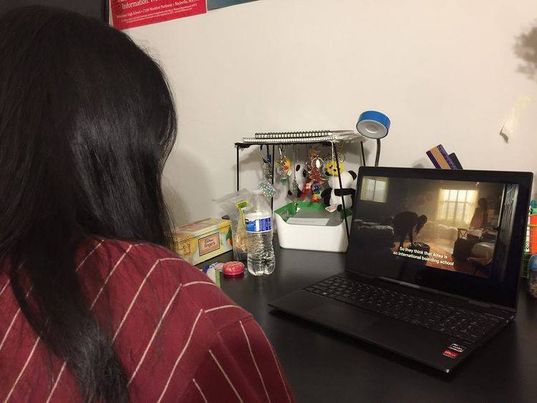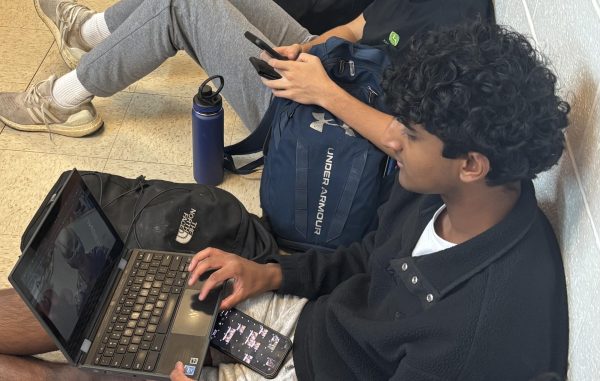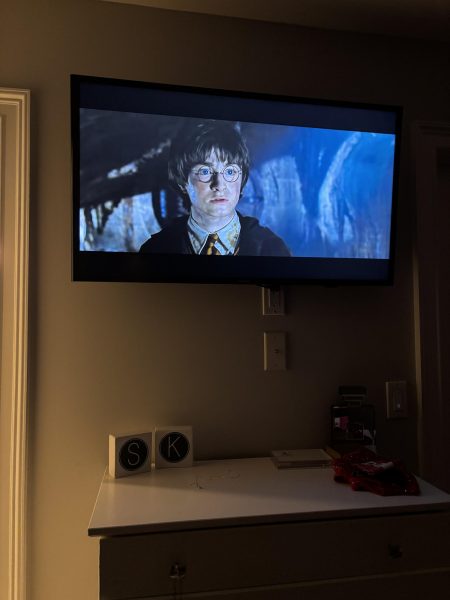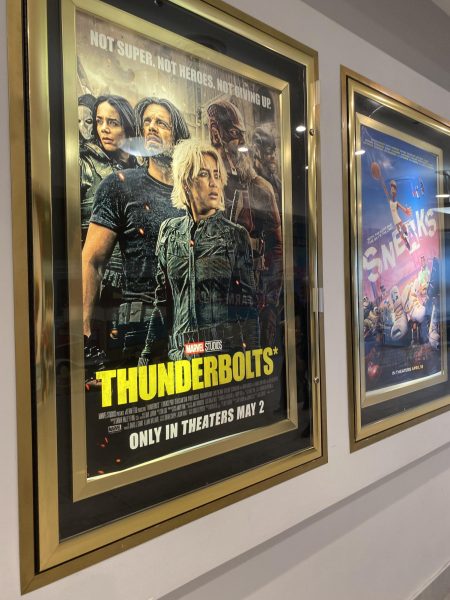Fate: The Winx Saga doesn’t live up to original

Senior Valerie Zhao watches the pilot of Fate: The Winx Saga.
The film industry remakes childhood cartoons to capitalize off of their audience’s nostalgia. Disney presents an array of live-action remakes of classics like their latest Mulan. In 2018, The Grinch was released to mixed reviews. Netflix is adapting Avatar: The Last Airbender into a live-action series. Lately, from this practice emerges a new trend: production companies remake these childhood cartoons to be more mature. Recently, a live-action The Powerpuff Girls reboot plans to tackle the titular trio dealing with losing their childhoods to be heroes. This trend’s latest victim is Winx Club.
The Italian cartoon features Bloom, after she discovers she’s a fairy, attending the magical Alfea College with her friends, the Winx Club. Fourteen years later, on Jan. 22, Netflix presented the live-action remake, Fate: The Winx Saga, but with a twist. According to The Guardian, Netflix wanted to turn the original kid’s cartoon “into a live-action fantasy series for young adults.”
With six episodes, around 50 minutes each, it manages to do so, while sacrificing what made the original special for the audience Netflix is catering to. There is little besides their names that evokes nostalgia—Netflix changed the whimsical yet futuristic setting to a dark forest, erased or whitewashed characters and failed to portray a heart-felt friendship.
The original captured the aesthetic of the early 2000s with its setting and fashion. The setting has elements of traditional fantasy with its magic but is surrounded by technology like flying cars, an accurate depiction of Western fascination with the future at the turn of the century. Even with prerelease promotion, the fashion disappointed fans of the original. The original styles of the characters perfectly represent the “Y2K” fashion many young adults now emulate, yet Netflix failed to take advantage of this trend.
Fate: The Winx Saga also changed the original Winx Club. First of all, Tecna, the technology fairy, is missing from the remake. Another group member, Flora, is replaced by Terra. Each fairy from the Winx Club was based on celebrities—the Hispanic-American Jennifer Lopez inspiring the design of Flora and Asian-American Lucy Liu inspiring Musa’s character. Both Terra and Musa’s actresses in the remake appear white-passing. “I think it’s very convenient that POC characters who have happy stories or larger roles are often whitewashed or just erased all together, but casting directors can always find POC to play villains or the oppressed,” senior Valerie Zhao said.
Disappointingly, the remake also misses the core of Winx Club—friendship. Originally, Stella became best friends with Bloom after introducing her to magic, but in Fate, Stella is cruel to, even endangers Bloom because of her interactions with her ex-boyfriend. This unnecessary conflict never existed in the original. When the rest of the group does befriend Stella, it is out of pity rather than she herself. Also, Aisha, despite helping and saving Bloom, suffers alone and is alienated by the group for making well-meaning decisions.
Overall, these two shows are very different and they’re meant to be. But, it is disappointing to see changes made to a childhood favorite that could’ve been great. Still, Netflix announced a second season with more to come.
Your donation will support the student journalists of Thomas S. Wootton High School. Your contribution will allow us to purchase equipment and cover our annual website hosting costs.






